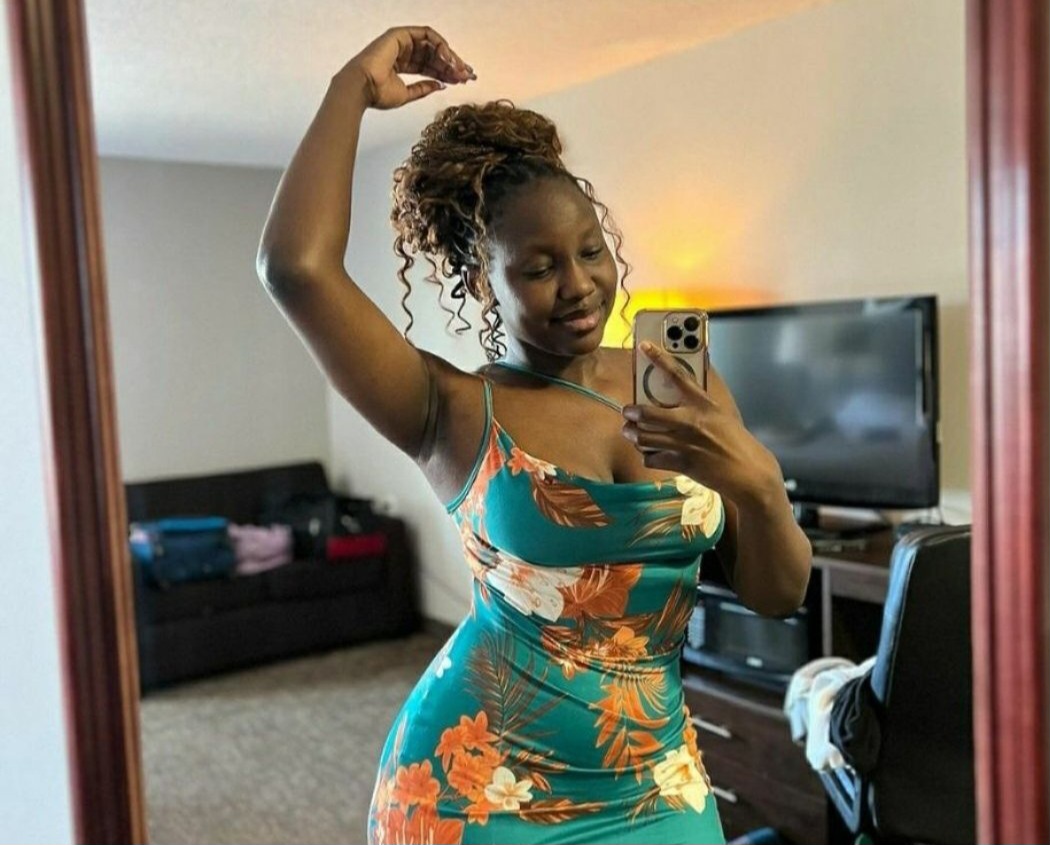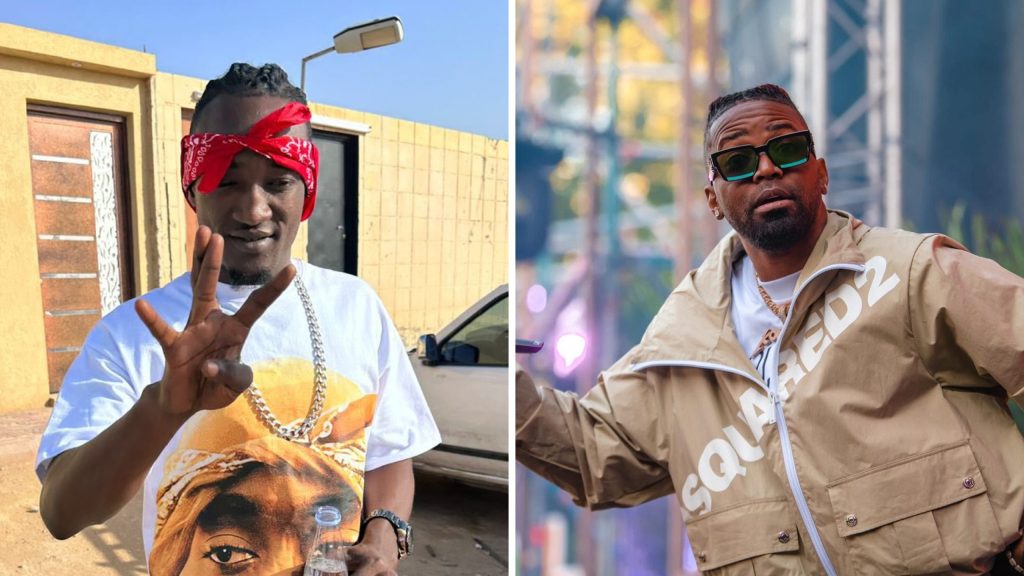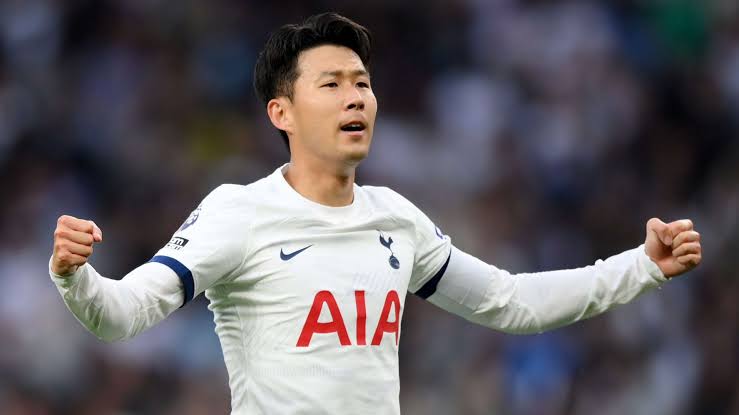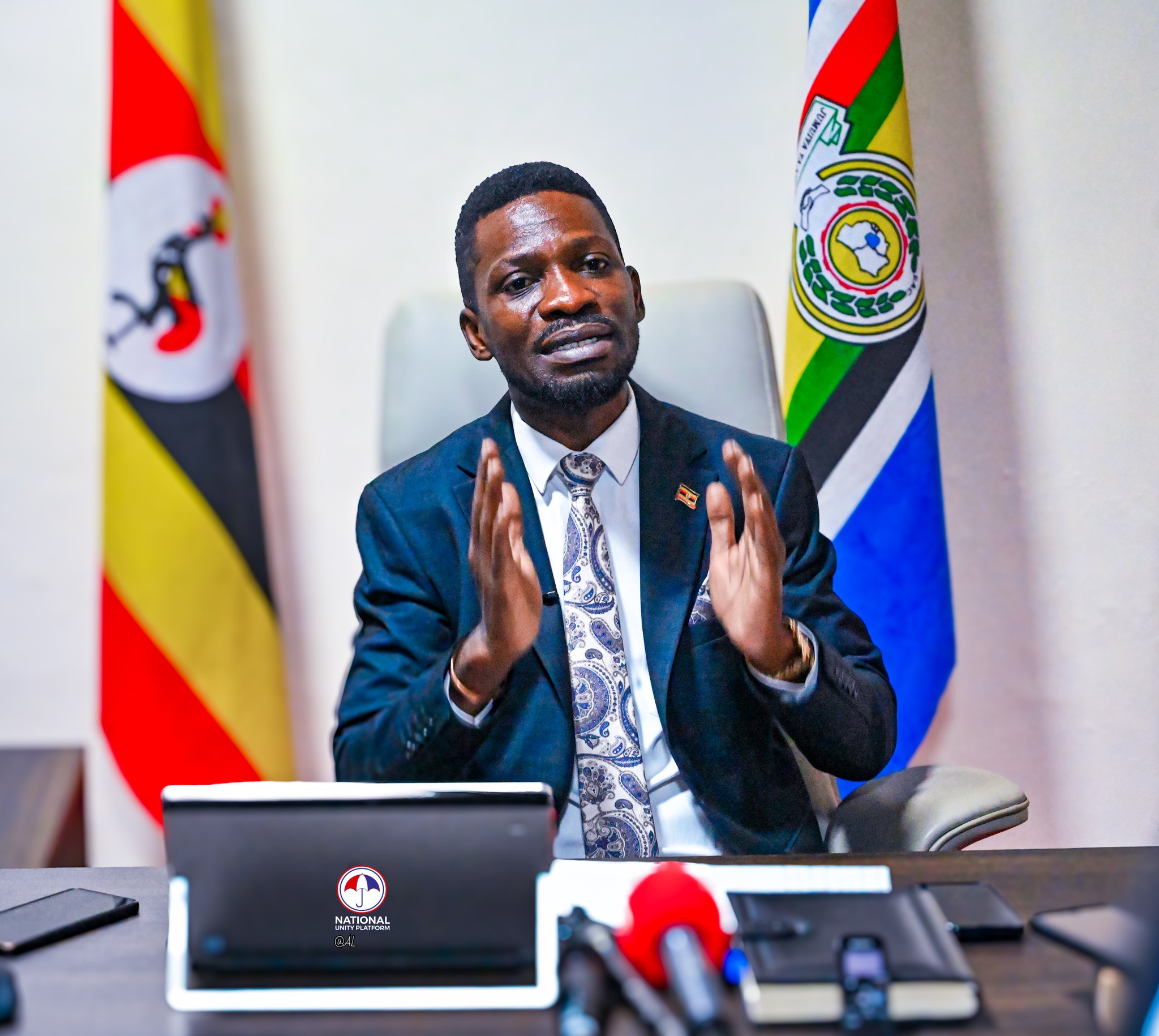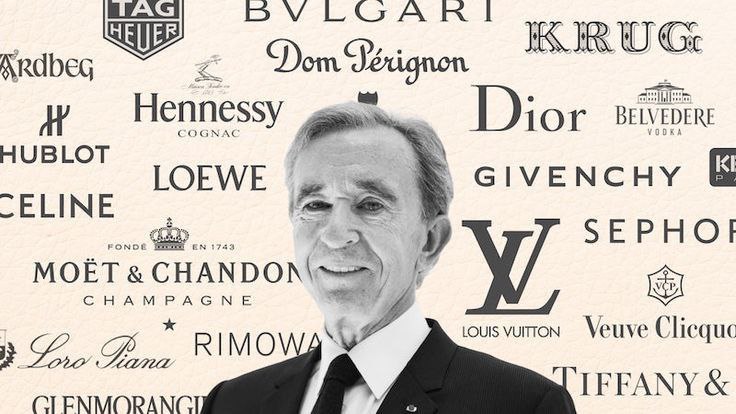
The world of fashion is constantly changing, reflecting the tastes, desires, and aspirations of consumers. In this dynamic and competitive industry, there are some players who stand out for their ability to create, innovate, and dominate. One of these players is LVMH Louis Vuitton Moët Hennessy, or simply LVMH, the largest and most influential luxury group in the world. LVMH is not just a single company, but a collection of more than 75 exceptional brands, each with its own history, identity, and vision. LVMH is the result of a visionary strategy by its chairman and CEO, Bernard Arnault, who has built a global empire of luxury and excellence. This article explores the origins, achievements, and challenges of LVMH, and how it has shaped the fashion industry and the culture of luxury.
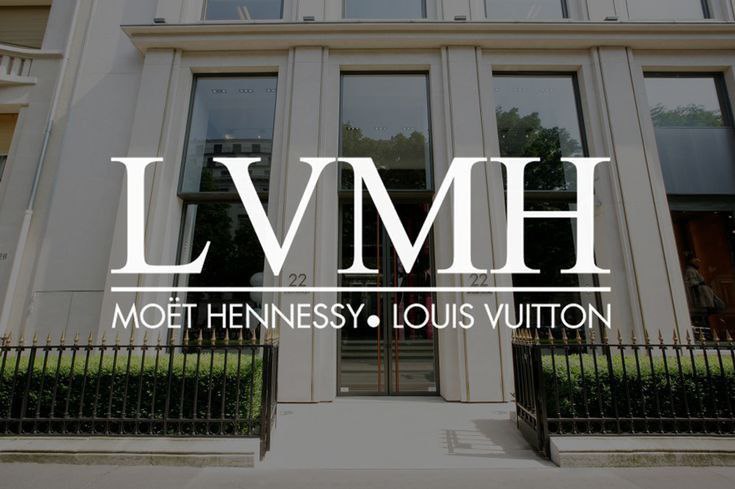
LVMH was born in 1987, when two French giants of the luxury sector, Louis Vuitton and Moët Hennessy, merged to form a new entity. Louis Vuitton, founded in 1854, was the leader in leather goods, famous for its iconic trunks and bags. Moët Hennessy, formed in 1971, was the result of the union of two historic producers of champagne and cognac, Moët & Chandon and Hennessy, both dating back to the 18th century. The merger was initiated by Henri Racamier, the president of Louis Vuitton, and Alain Chevalier, the CEO of Moët Hennessy, who saw the potential of combining their complementary businesses and creating a diversified portfolio of luxury products. However, the merger was soon challenged by a young and ambitious entrepreneur, Bernard Arnault, who had acquired a stake in the company and launched a hostile takeover bid. After a fierce battle, Arnault succeeded in gaining control of LVMH in 1990, and became its chairman and CEO.
Arnault had a clear vision for LVMH: to make it the undisputed leader of the luxury industry, by acquiring and developing the best brands in each segment of the market. He embarked on a series of acquisitions, adding prestigious names such as Christian Dior, Givenchy, Fendi, Celine, Loewe, Kenzo, and Marc Jacobs to the fashion and leather goods division; Bulgari, TAG Heuer, Hublot, and Tiffany & Co. to the watches and jewelry division; Sephora, Guerlain, Benefit, and Fresh to the perfumes and cosmetics division; and DFS, Le Bon Marché, and La Samaritaine to the selective retailing division. He also expanded the wines and spirits division, adding brands such as Dom Pérignon, Krug, Veuve Clicquot, and Château d'Yquem. By 2022, LVMH had more than 75 brands, generating a revenue of €79.2 billion and a net income of €14.1 billion, making it the most profitable and valuable luxury group in the world.
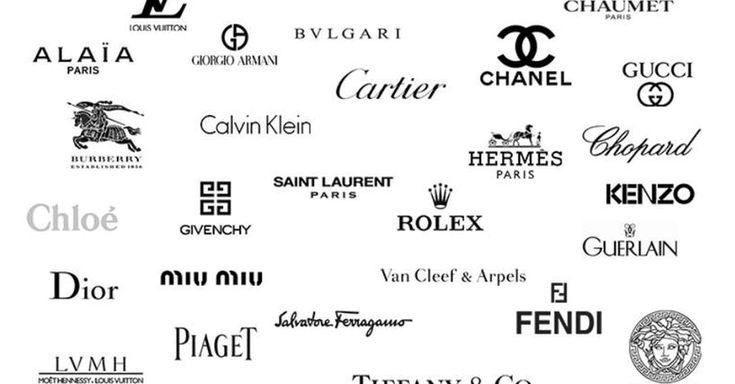
LVMH's success is based on a unique business model, which combines creativity, quality, and innovation. LVMH respects the autonomy and identity of each of its brands, allowing them to express their own vision and style. At the same time, LVMH provides them with the resources and support they need to grow and excel. LVMH invests heavily in research and development, fostering a culture of innovation and experimentation. LVMH also controls the entire value chain, from design and production to distribution and retail, ensuring the highest standards of quality and service. LVMH has a global presence, with more than 5,600 stores in over 70 countries, reaching a diverse and loyal customer base. LVMH also adapts to the changing consumer preferences and behaviors, embracing technology and digital transformation. LVMH has a strong online presence, with e-commerce platforms, social media channels, and digital marketing campaigns. LVMH also offers virtual and immersive experiences, such as online fashion shows, live-streaming events, and augmented reality applications.
LVMH is more than just a business; it is a cultural phenomenon, a symbol of luxury and excellence. LVMH influences the fashion trends, the consumer tastes, and the social values of millions of people around the world. LVMH also contributes to the preservation and promotion of the artistic and cultural heritage, through its sponsorship of museums, exhibitions, and festivals. LVMH also supports the education and development of young talents, through its initiatives such as the LVMH Prize for Young Fashion Designers, the LVMH Institut des Métiers d'Excellence, and the LVMH Fundamentals in Luxury Retail Program. LVMH also demonstrates its social and environmental responsibility, through its commitments to diversity, inclusion, sustainability, and philanthropy.
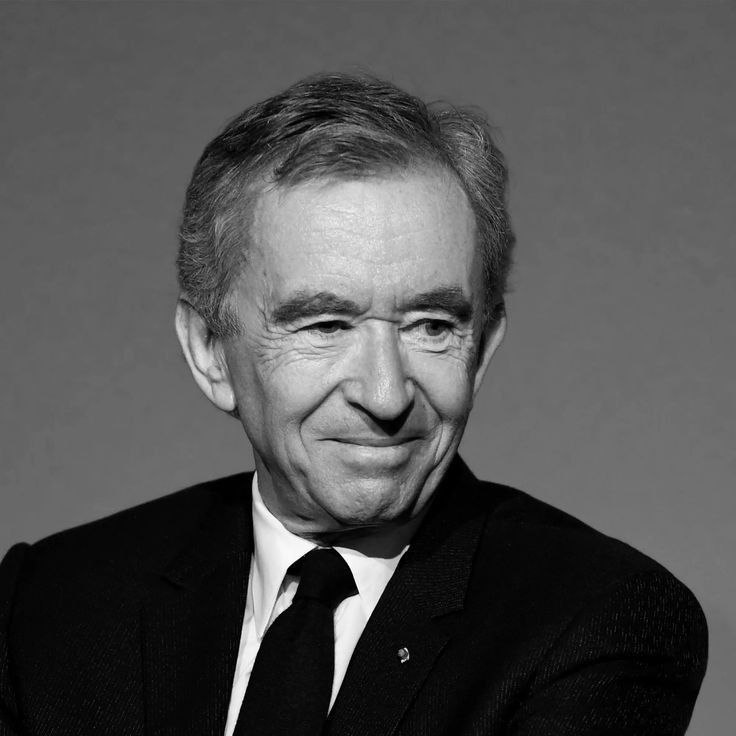
How does LVMH's business model compare to other luxury groups?
LVMH's business model is unique and innovative in the luxury industry. Here are some of the key features that distinguish it from other luxury groups:
LVMH has a diversified and complementary portfolio of more than 75 brands, covering various segments of the luxury market, such as fashion and leather goods, watches and jewelry, perfumes and cosmetics, wines and spirits, and selective retailing. This allows LVMH to target different consumer segments, reduce its dependence on any single brand or category, and leverage synergies across its brands.
LVMH respects the autonomy and identity of each of its brands, allowing them to express their own vision and style. At the same time, LVMH provides them with the resources and support they need to grow and excel. LVMH invests heavily in research and development, fostering a culture of innovation and experimentation. LVMH also supports the education and development of young talents, through initiatives such as the LVMH Prize for Young Fashion Designers, the LVMH Institut des Métiers d'Excellence, and the LVMH Fundamentals in Luxury Retail Program.
LVMH adopts a vertical integration approach, which means that it owns and controls every stage of the production process, from design and manufacturing to distribution and retail. This allows LVMH to ensure the highest standards of quality and service, as well as to protect its intellectual property and brand image. LVMH also benefits from economies of scale and scope, as it can leverage its resources and expertise across its brands and segments. LVMH also has the flexibility and agility to respond to market changes and customer demands, as it can adjust its production and inventory levels accordingly.
LVMH has a strong retail presence, with more than 5,600 stores in over 70 countries. LVMH's flagship stores are located in prime shopping districts, such as the Champs-Élysées in Paris, Fifth Avenue in New York, and Ginza in Tokyo. LVMH's stores offer a unique and immersive customer experience, showcasing the products and stories of its brands. LVMH also has a global reach, as it caters to diverse consumer markets, adapting its strategies to suit regional preferences and cultures. LVMH has a balanced geographic distribution of its revenue, with 32% from Asia (excluding Japan), 25% from Europe (excluding France), 23% from the United States, 9% from Japan, 7% from France, and 4% from other markets.
LVMH has been embracing digital technology as a way to enhance its online presence and customer engagement. LVMH has invested in e-commerce platforms, such as 24S, a multi-brand online store that offers a curated selection of luxury products. LVMH also uses digital marketing tools, such as social media, influencers, and online advertising, to reach and attract new customers, especially younger generations. LVMH also offers virtual and immersive experiences, such as online fashion shows, live-streaming events, and augmented reality applications, to create a connection with customers and showcase its products. LVMH also uses digital technology to optimize its operations, such as using cloud-based AI to improve demand forecasting and inventory management.
Challenges LVMH faces
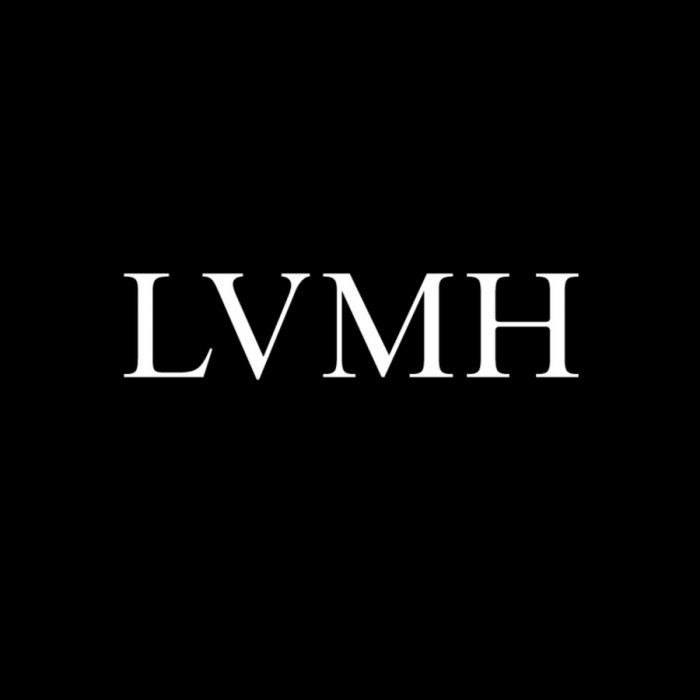
Adapting to changing consumer preferences and trends.
This challenge means that LVMH has to keep up with the changing tastes, desires, and aspirations of its customers, who are looking for more personalization, purpose, and inclusiveness in luxury². For example, LVMH has to offer products that can be customized to the customer's taste, such as personalized handbags or fragrances. LVMH also has to communicate its values and social responsibility, such as its efforts to support diversity, education, and sustainability.
Managing a diverse and complex portfolio of brands.
This challenge means that LVMH has to coordinate and harmonize more than 75 brands, each with its own identity, heritage, and vision. For example, LVMH has to ensure that each brand maintains its distinctiveness and quality, while also benefiting from the synergies and resources of the group. LVMH also has to balance the autonomy and creativity of each brand with the coherence and strategy of the group.
Dealing with the impact of the pandemic and the economic crisis.
This challenge means that LVMH has to cope with the disruption and uncertainty caused by the Covid-19 outbreak and the resulting economic downturn¹. For example, LVMH has to deal with the closure of stores and manufacturing sites, the reduced consumer spending, and the suspension of international travel. LVMH also has to recover from the significant decline in revenue and profit in 2020, and face the risks and opportunities in different markets, especially in Europe.
Navigating the regulatory and social environment.
This challenge means that LVMH has to comply with different laws and regulations, as well as meet the expectations of various stakeholders, such as customers, employees, suppliers, investors, and society. For example, LVMH has to follow the rules and standards of different countries and regions, such as taxes, tariffs, labor, and environmental laws. LVMH also has to address issues such as sustainability, diversity, inclusion, education, and social responsibility.
In Conclusion, LVMH is the ultimate luxury empire, a group of extraordinary brands that have revolutionized the fashion industry and the culture of luxury. LVMH is the result of a visionary strategy by Bernard Arnault, who has built a global empire of luxury and excellence. LVMH is a leader in creativity, quality, and innovation, with a diversified and complementary portfolio of products and services. LVMH is a global player, with a strong presence and connection with consumers worldwide. LVMH is a cultural force, influencing the fashion trends, the consumer tastes, and the social values of millions of people. LVMH is also a responsible and generous actor, contributing to the artistic and cultural heritage, the education and development of young talents, and the social and environmental causes. LVMH is the ultimate luxury empire, and the future of luxury fashion..

